15th century
Artworks 21 to 30 of 39:
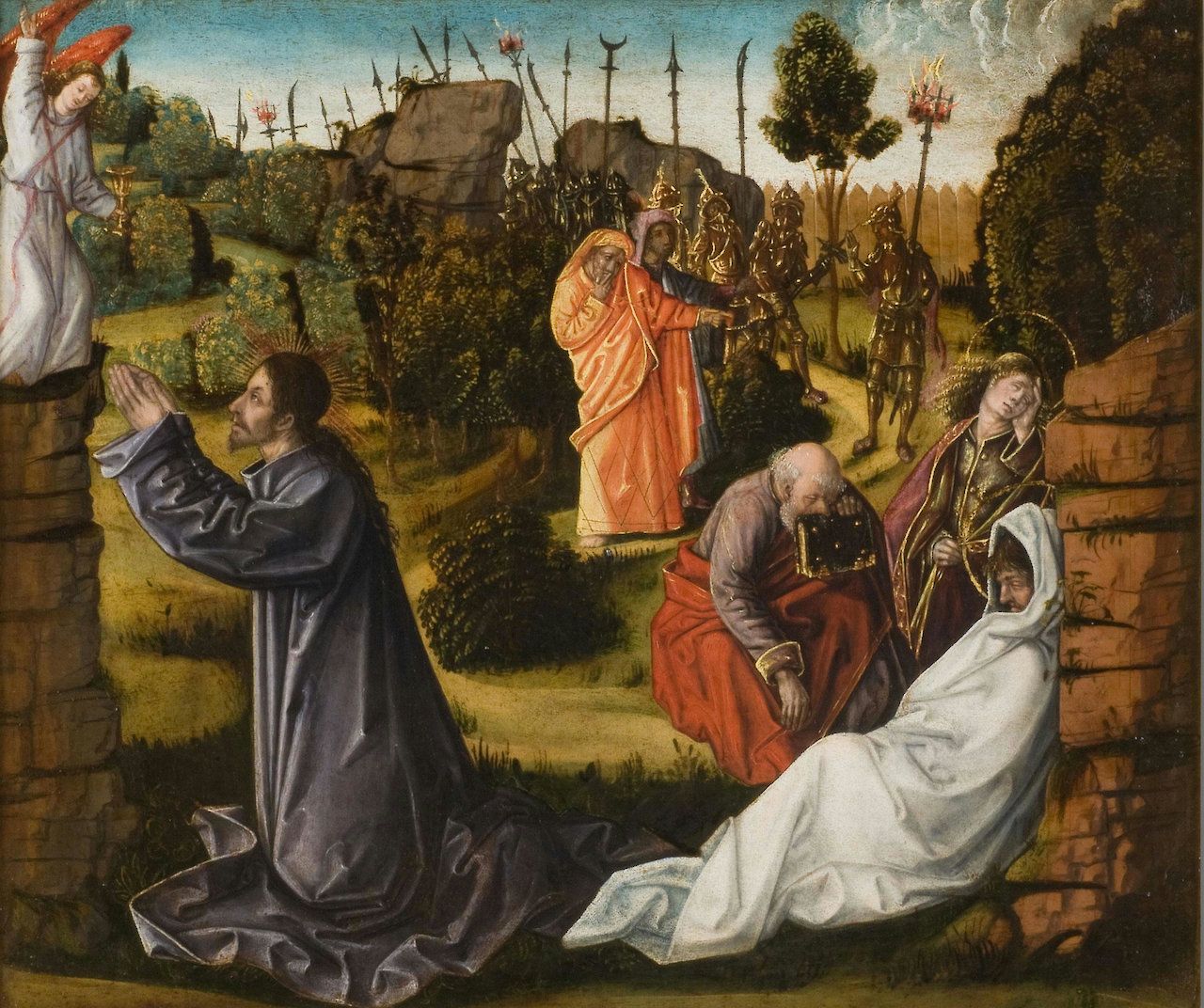
The Agony in the Garden
by Rodrigo de Osona the Elder, circa 1465
- Medium
- Oil and gold on panel
- Dimensions
- 16 3/4 x 18 3/4 in (42.5 x 47.6 cm)
- Credits
- John G. Johnson Collection, 1917
- Location
- Philadelphia Museum of Art
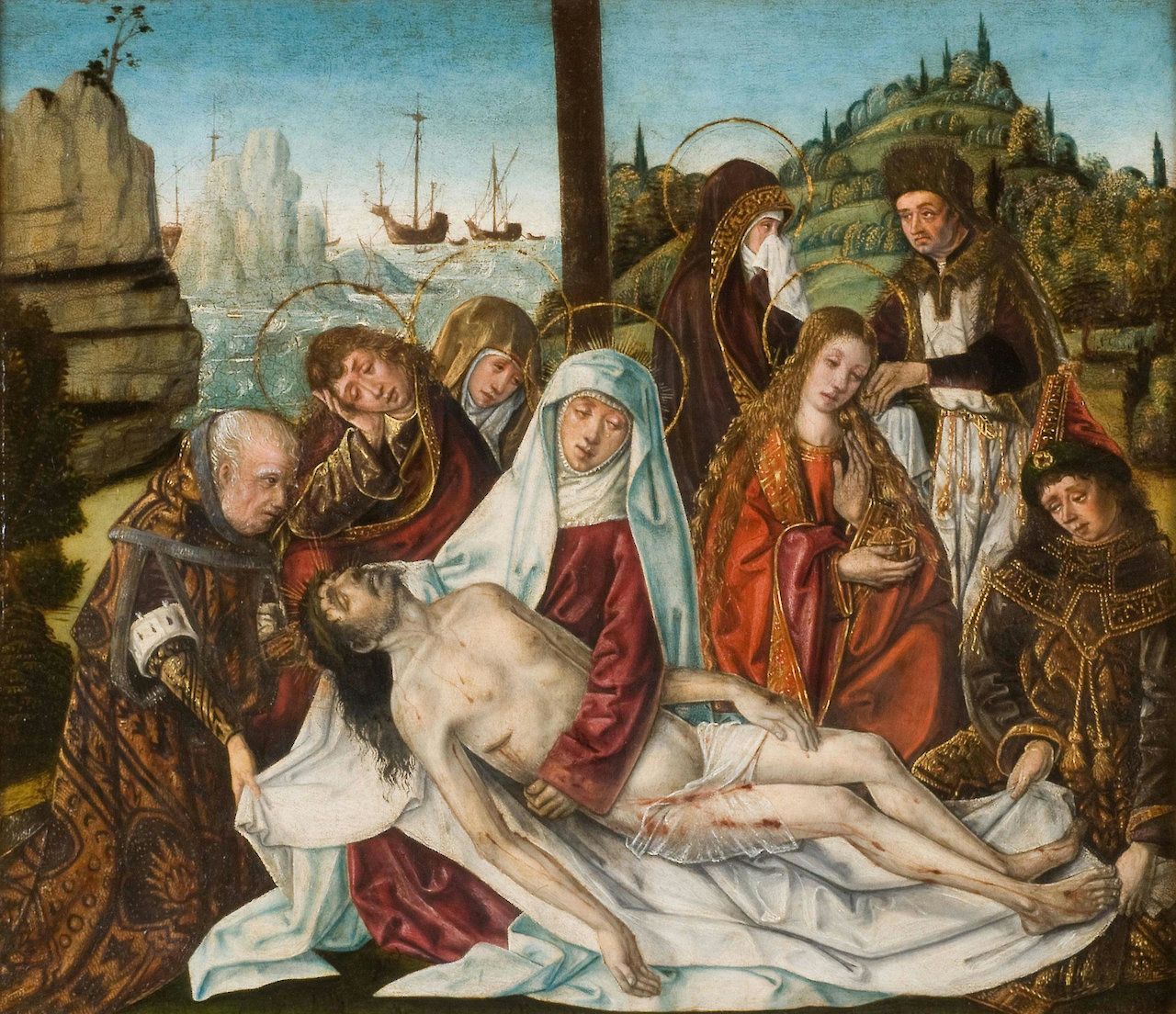
The Lamentation
by Rodrigo de Osona the Elder, circa 1465
- Medium
- Oil and gold on panel
- Dimensions
- 16 3/8 x 18 5/8 in (41.6 x 47.3 cm)
- Credits
- John G. Johnson Collection, 1917
- Location
- Philadelphia Museum of Art
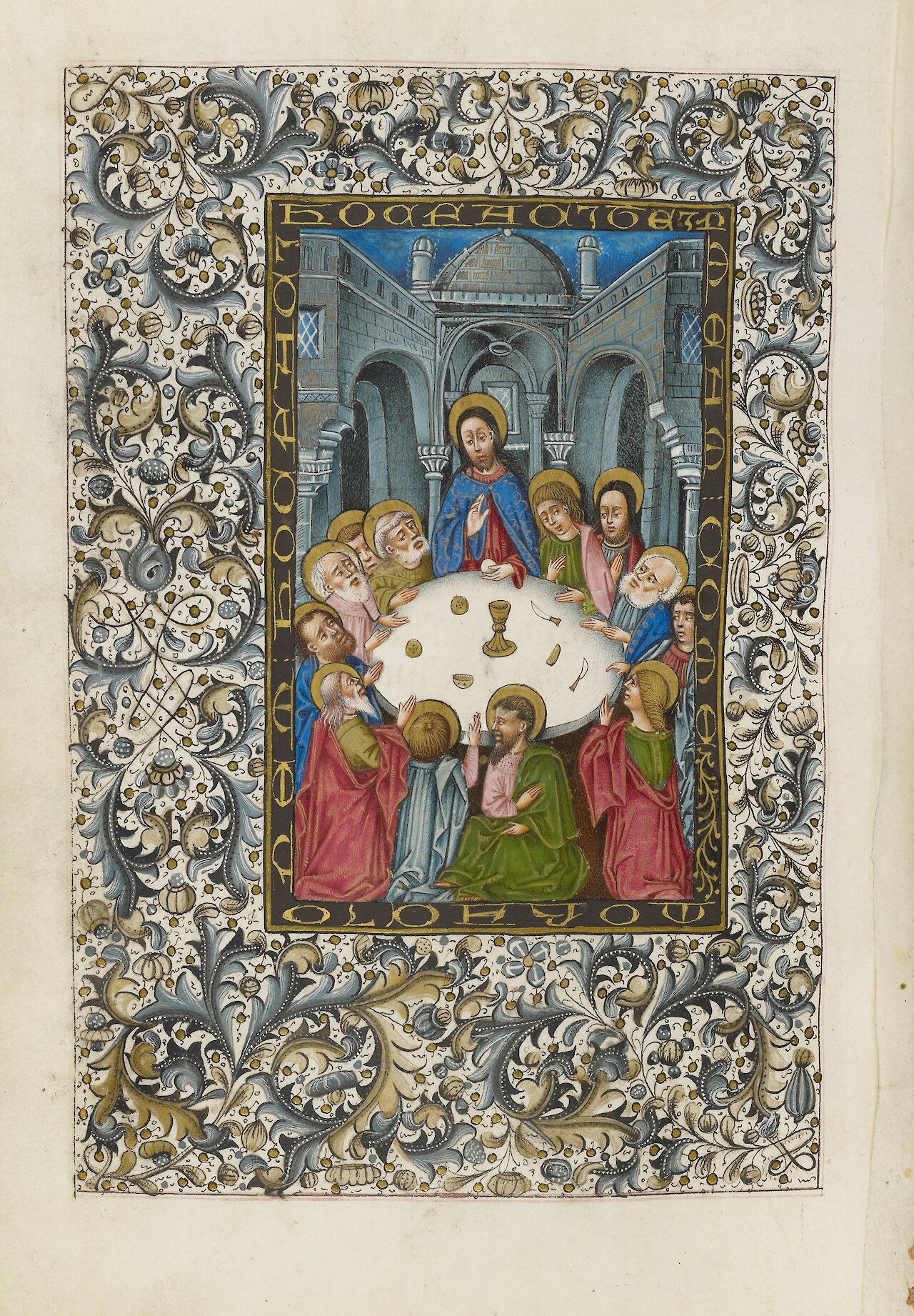
Book of Hours (Hours of Infante Don Alfonso of Castile)
by Anonymous / Unknown, 1465–1480
- Medium
- Script: textura
- Dimensions
- 241 leaves (1 column, 17 lines), Bound : Vellum, Ill. ; 224 x 162 mm
- Credits
- The Morgan Library & Museum, MS M.854, fol. 202v. Photography by Graham S. Haber.
- Location
- Morgan Library & Museum
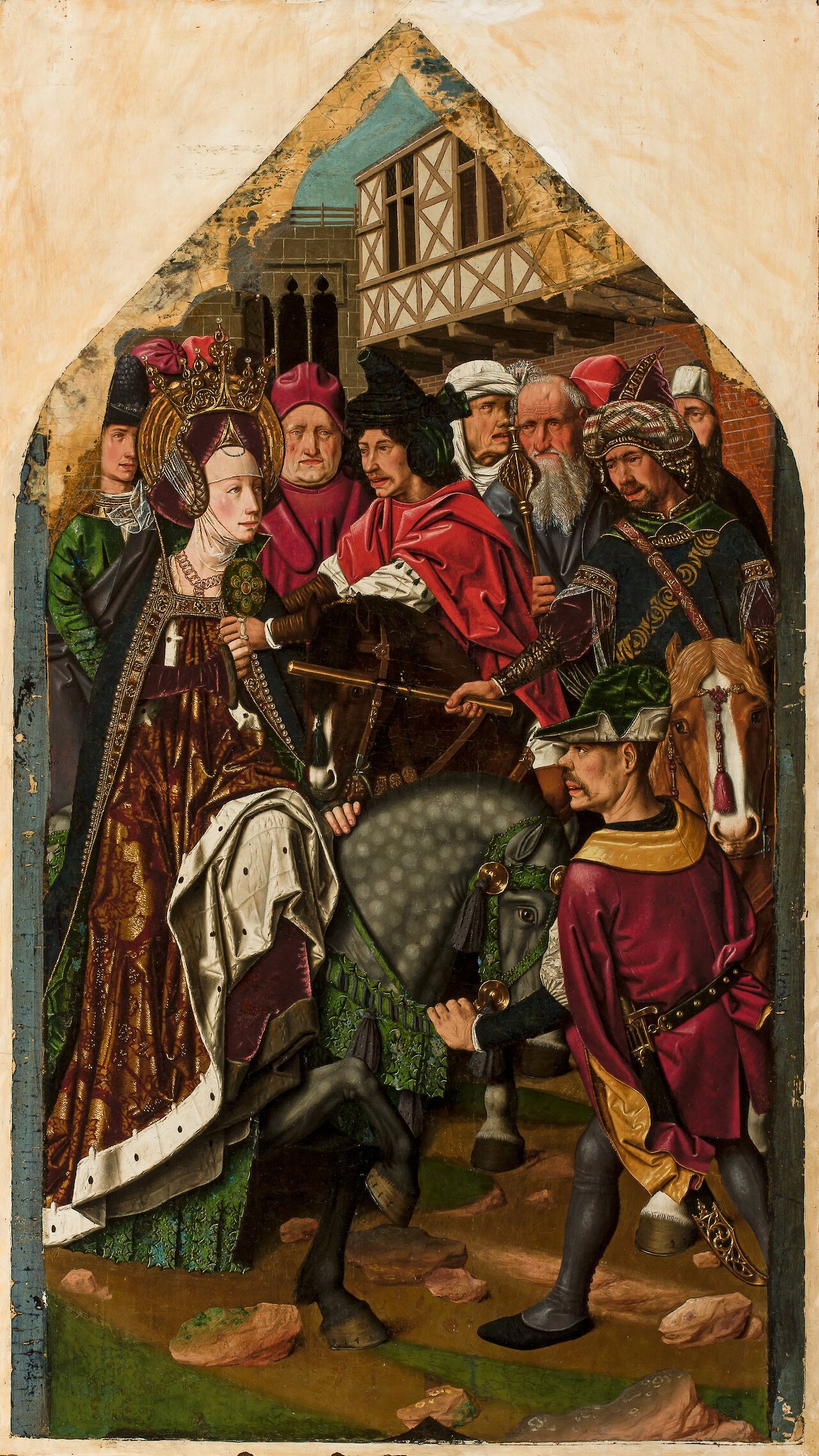
The Arrest of Santa Engracia
by Bartolomé Bermejo, circa 1474–1477
- Medium
- Oil
- Dimensions
- 38 1/4 in x 21 3/16 in (97.16 cm x 53.82 cm)
- Location
- San Diego Museum of Art
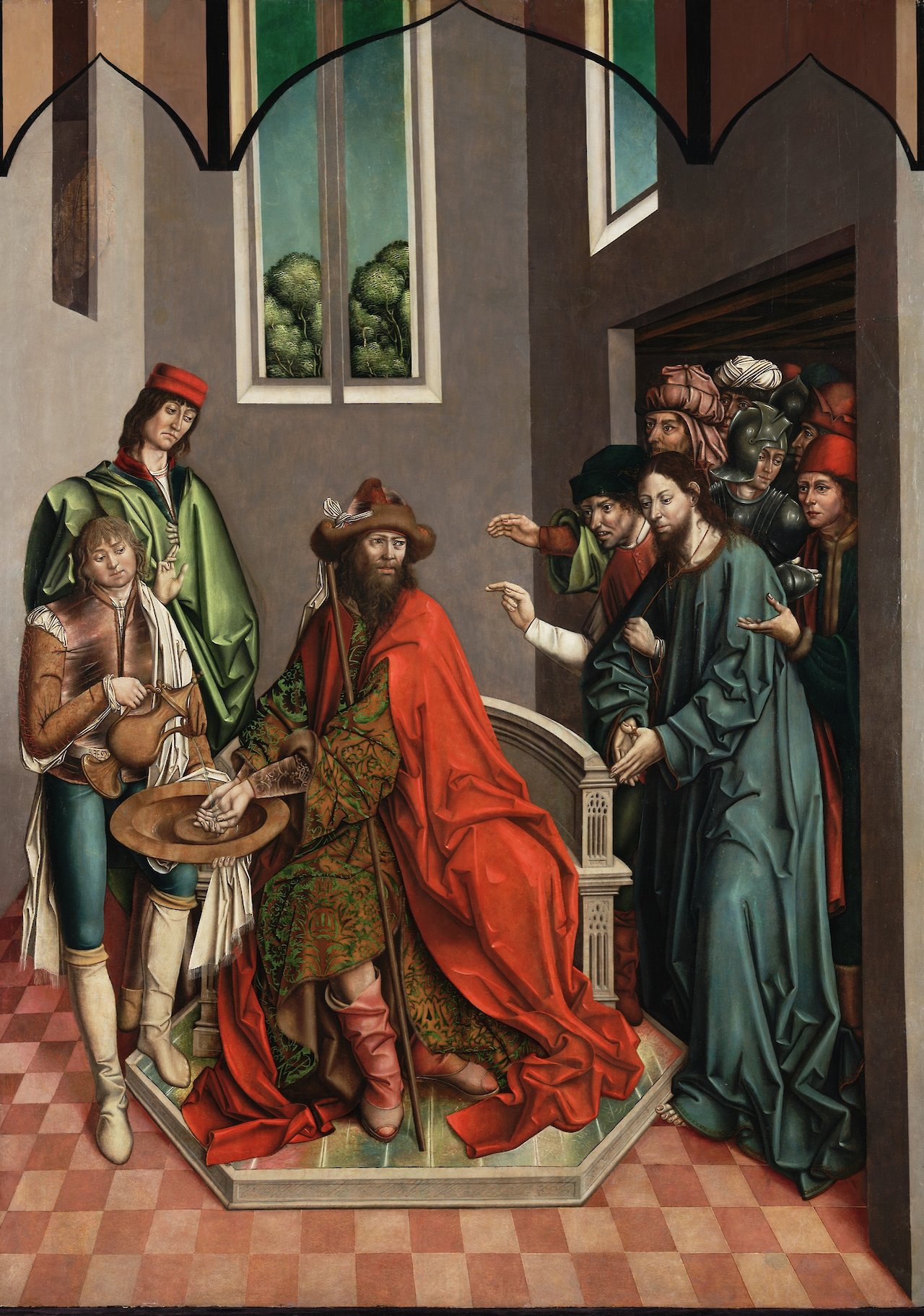
Pilate Washing His Hands
by Fernando Gallego, circa 1480–1488
- Medium
- Oil on panel
- Dimensions
- 60.7 x 43.5 in
- Credits
- University of Arizona Museum of Art, Tucson, Arizona, Gift of Samuel H. Kress Foundation, 1961.013.046
- Location
- University of Arizona Museum of Art
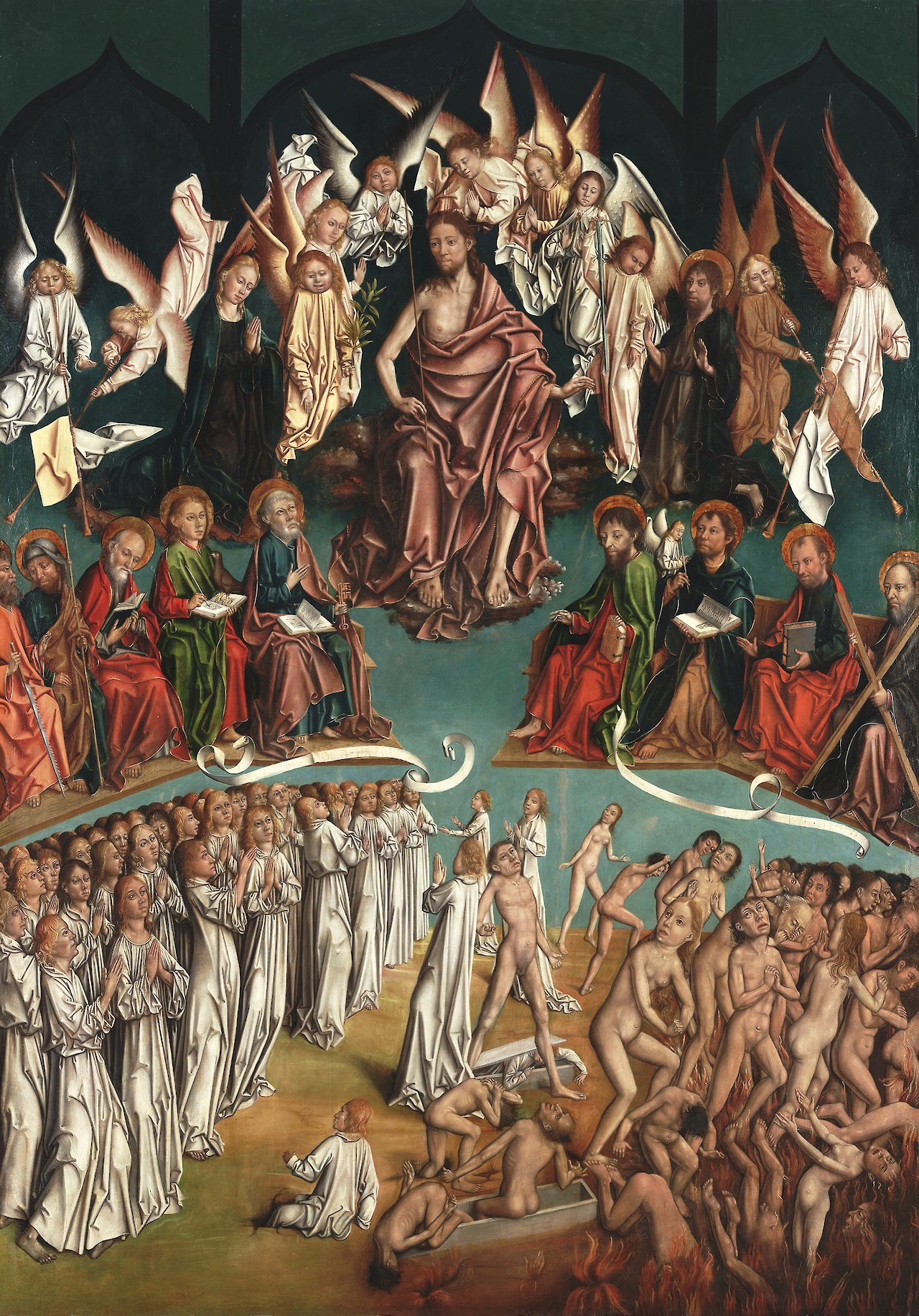
The Last Judgment
by Fernando Gallego, circa 1480–1488
- Medium
- Oil on panel
- Dimensions
- 60.5 x 43.5 in
- Credits
- University of Arizona Museum of Art, Tucson, Arizona, Gift of Samuel H. Kress Foundation, 1961.013.052
- Location
- University of Arizona Museum of Art
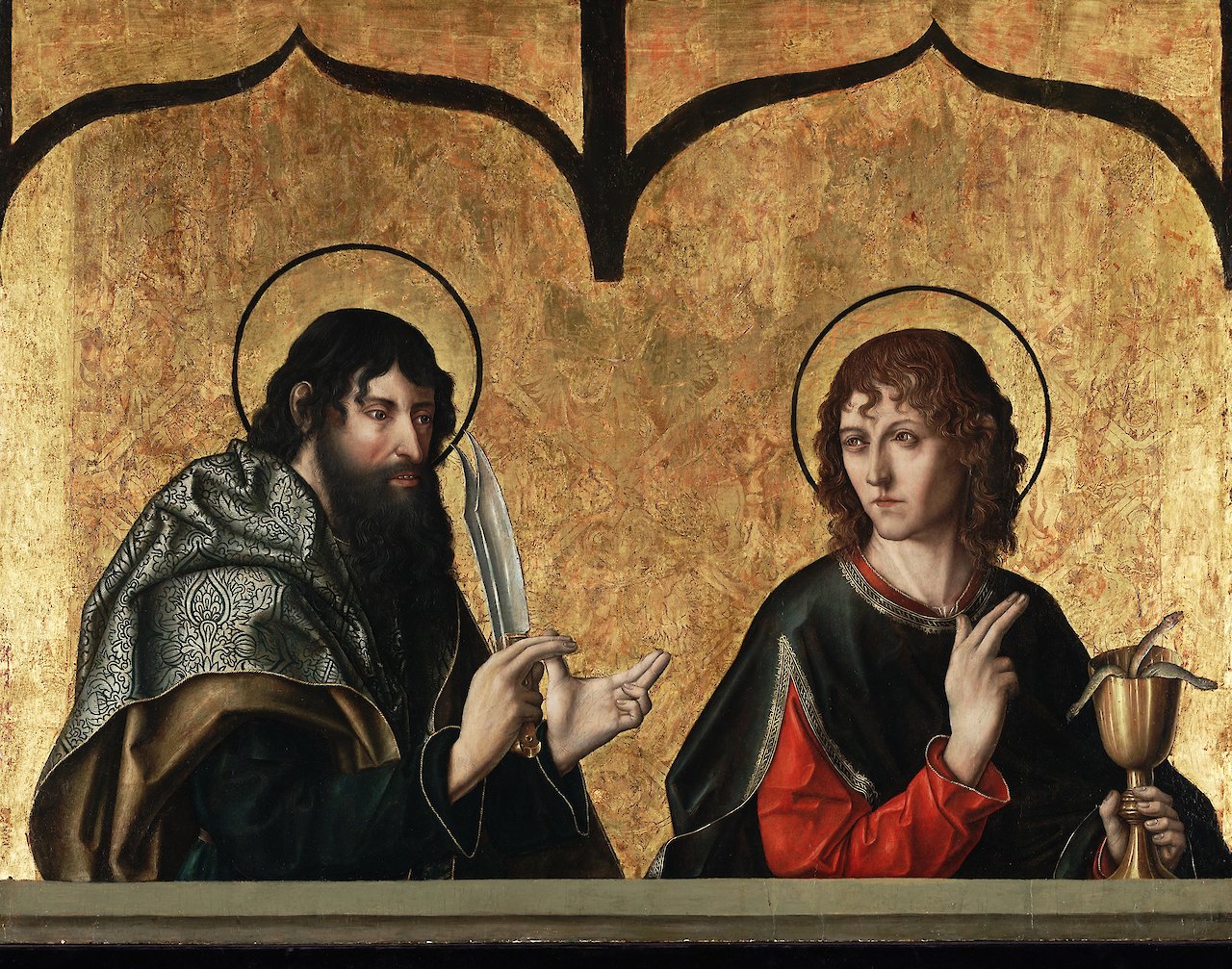
Saints Bartholome and John the Evangelist
by Fernando Gallego, circa 1480–1488
- Medium
- Oil on panel
- Dimensions
- 33.2 x 43.5 in
- Credits
- University of Arizona Museum of Art, Tucson, Arizona, Gift of Samuel H. Kress Foundation, 1961.013.054
- Location
- University of Arizona Museum of Art
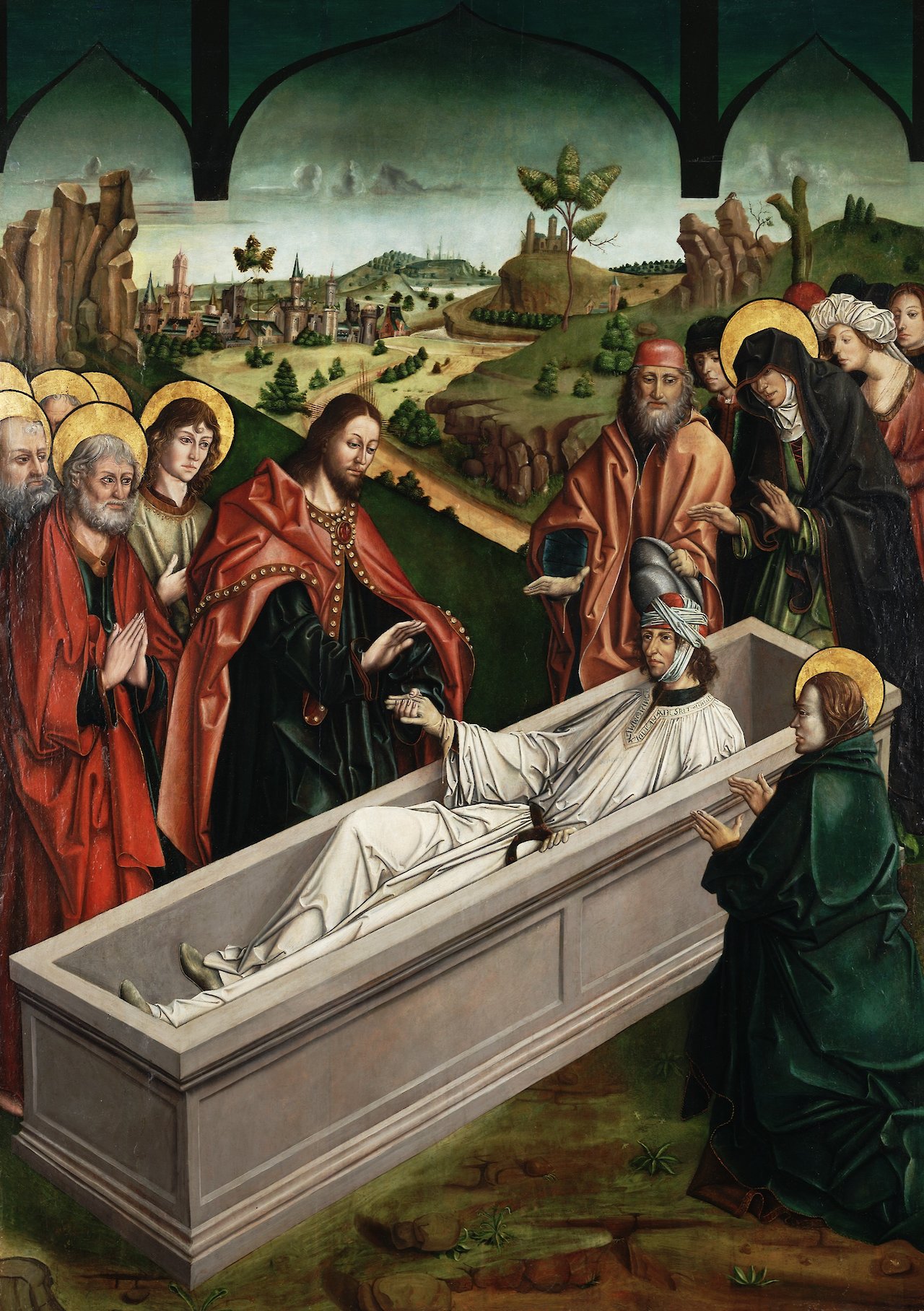
The Raising of Lazarus
by Fernando Gallego, circa 1480–1488
- Medium
- Oil on panel
- Dimensions
- 61 x 43.5 in
- Credits
- University of Arizona Museum of Art, Tucson, Arizona, Gift of Samuel H. Kress Foundation, 1961.013.039
- Location
- University of Arizona Museum of Art
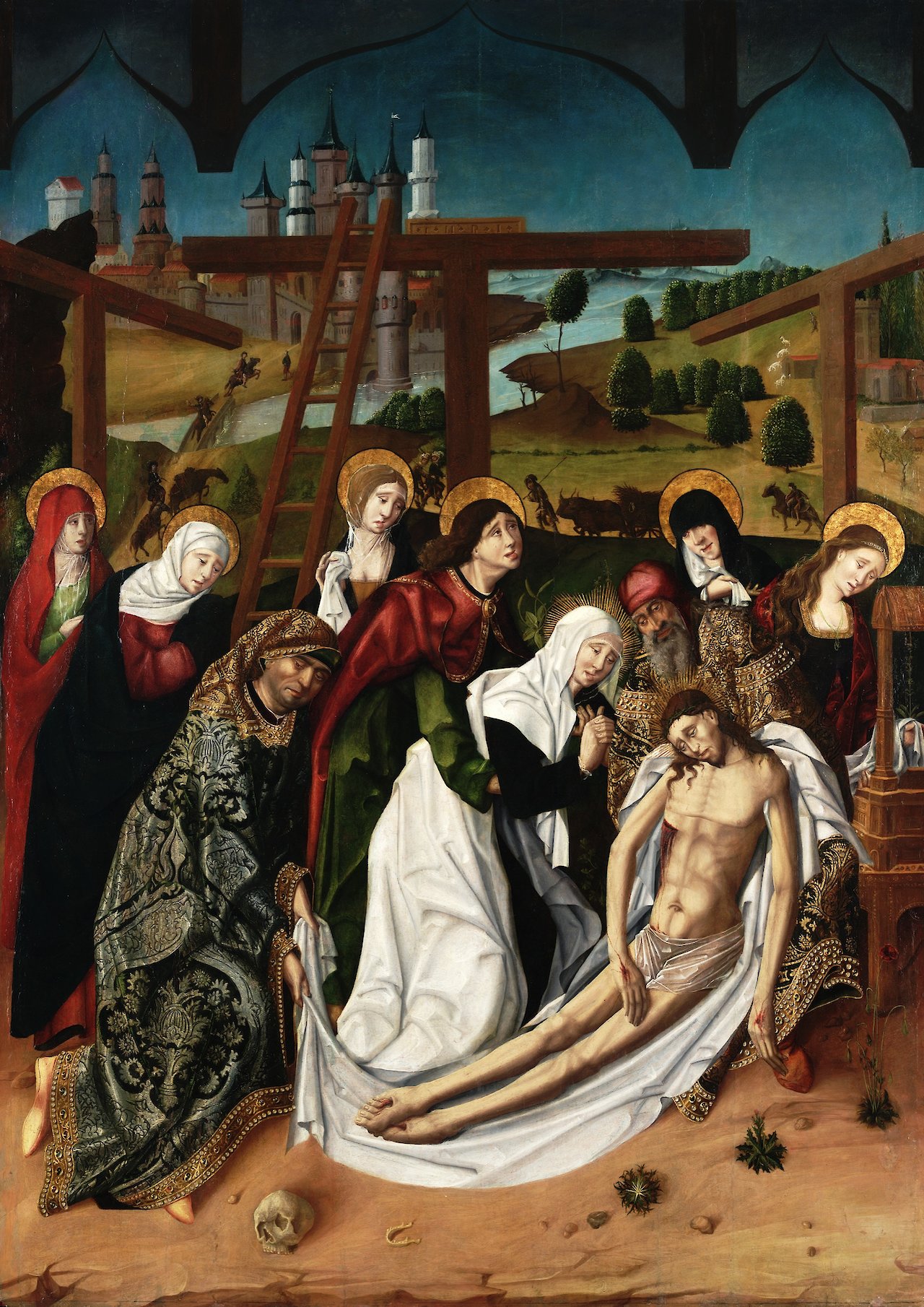
The Deposition
by Maestro Bartolomé, circa 1480–1488
- Medium
- Oil on panel
- Dimensions
- 62 x 44.2 in
- Credits
- University of Arizona Museum of Art, Tucson, Arizona, Gift of Samuel H. Kress Foundation, 1961.013.050
- Location
- University of Arizona Museum of Art
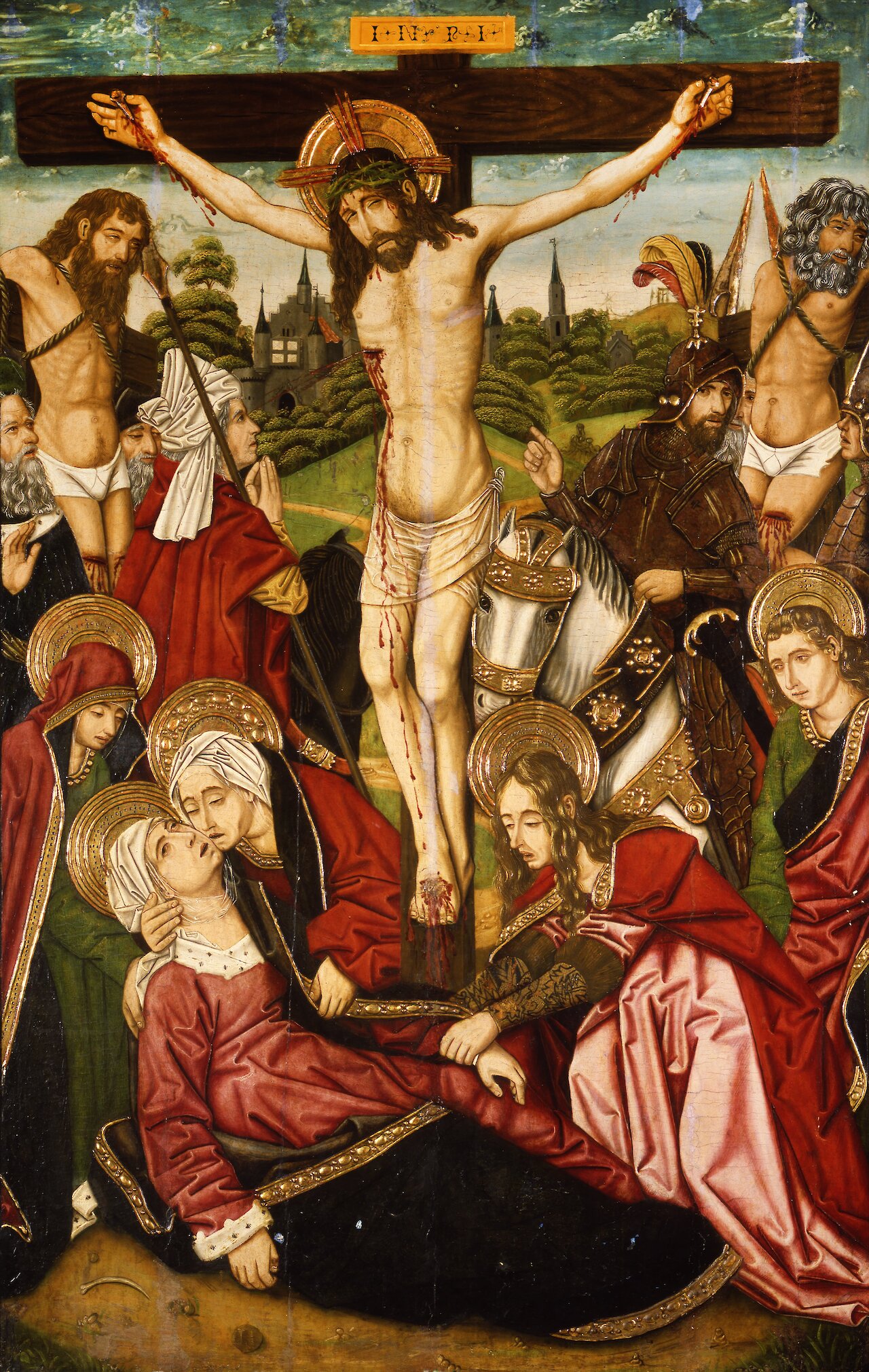
The Crucifixion
by Martín Bernat, circa 1480–1490
- Medium
- Oil
- Dimensions
- 58 in x 37 3/8 in (147.32 cm x 94.93 cm)
- Location
- San Diego Museum of Art